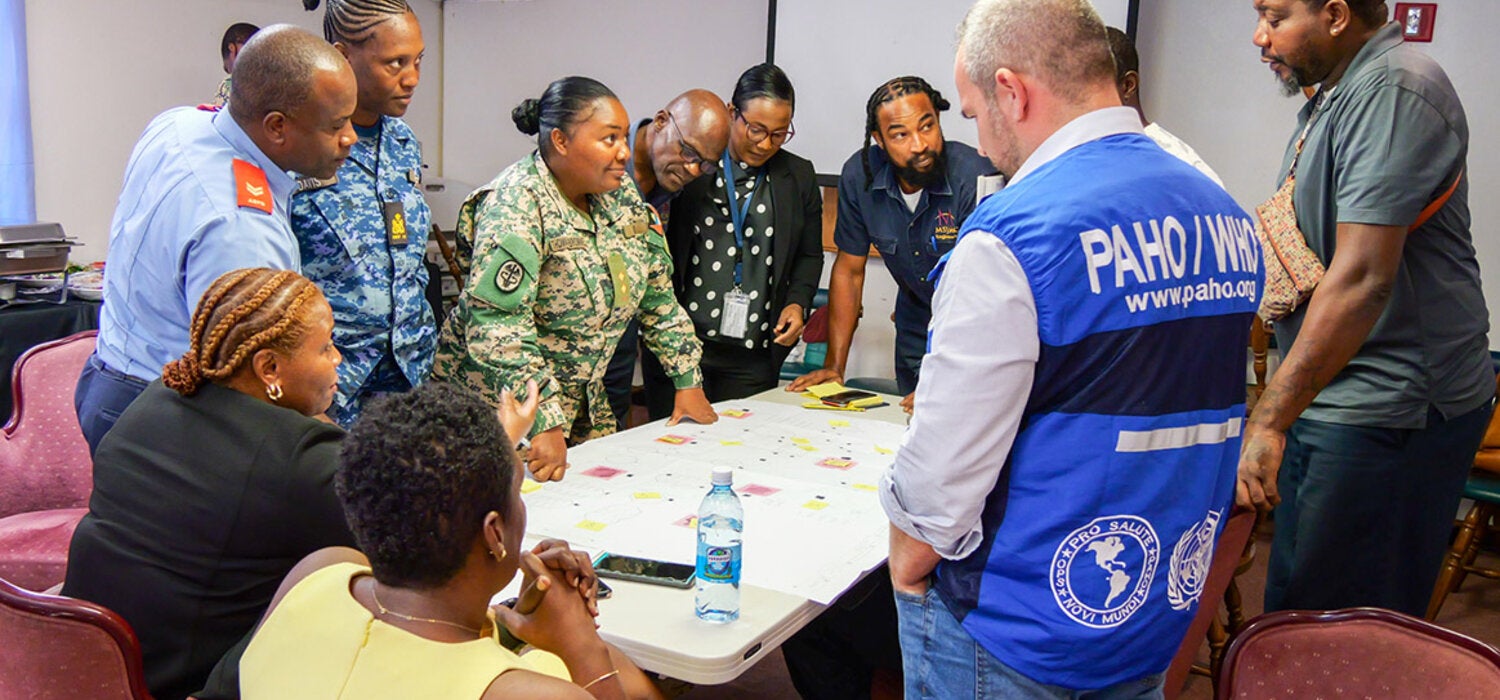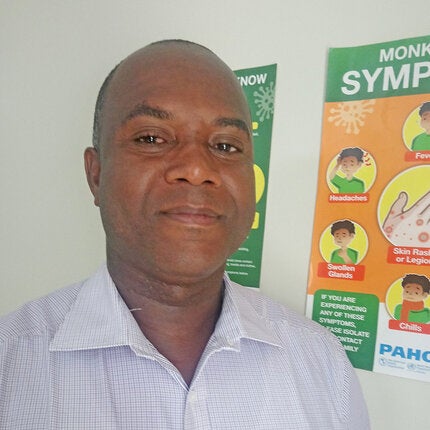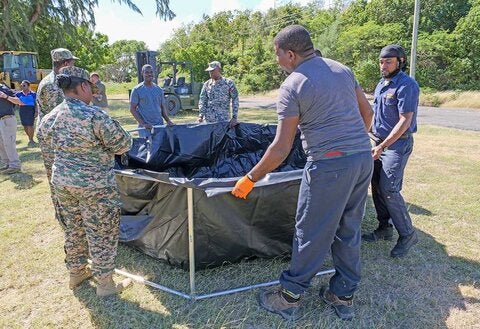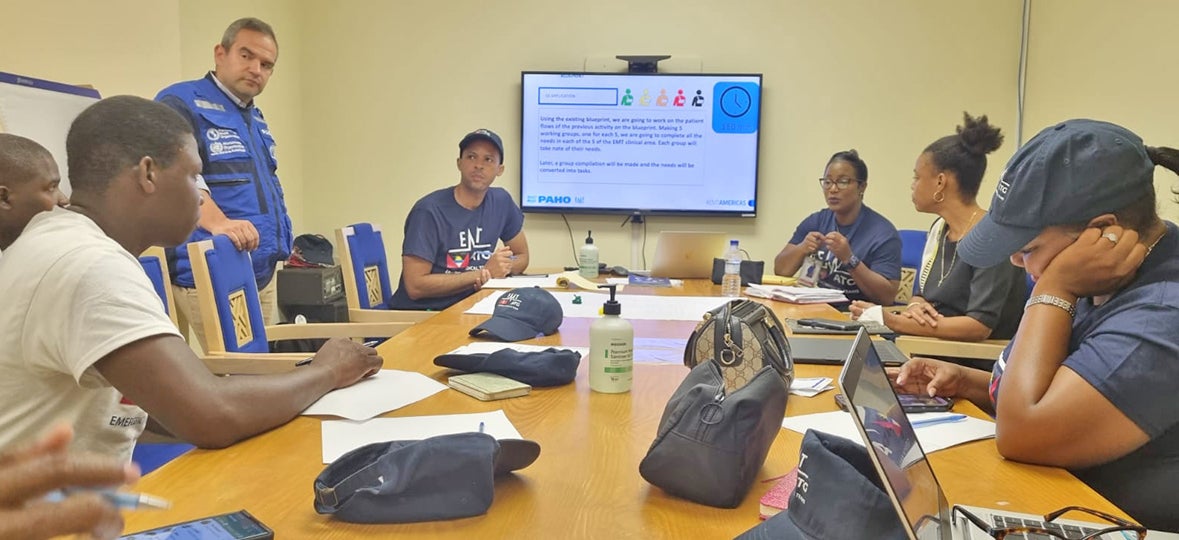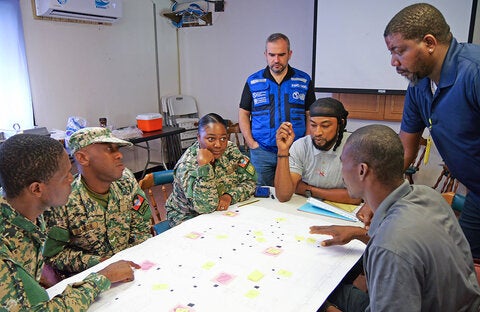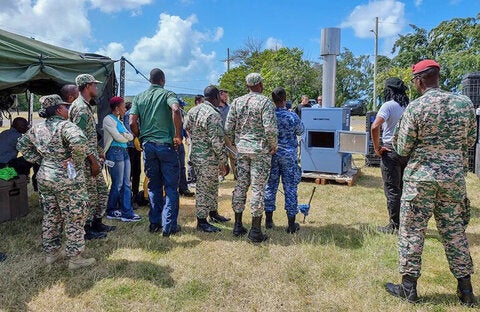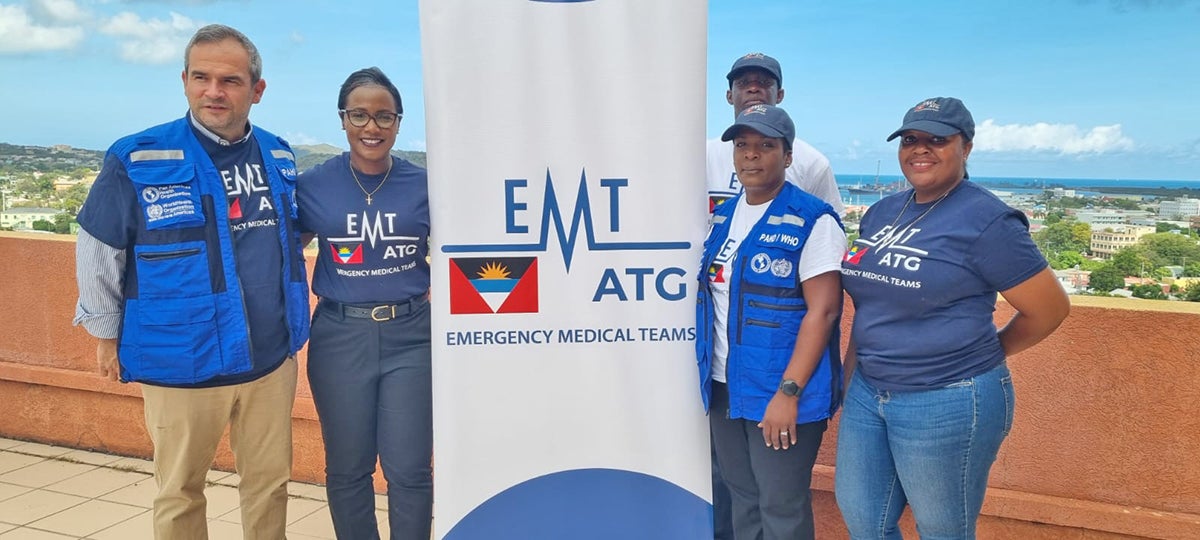Meet EMT Americas - Antigua & Barbuda is being strengthened to enhance the management of emergencies during natural disasters, thanks to the Emergency Medical Teams (EMT) Americas.
The EMT global initiative was implemented by the World Health Organization (WHO) and led in the Americas Region by the Pan American Health Organization (PAHO).
For people living in the Americas with particular emphasis on the Caribbean, the threat of natural disasters, specifically hurricanes, is a looming reality. While small island developing states (SIDS) in the region have disaster management programs, there are some with no support mechanisms available, and they are at the mercy of external support.
Antigua and Barbuda is no stranger to hurricanes. In 1995, Hurricane Luis left a trail of destruction, flattening everything in its path. The Category 4 storm rained down on the sister islands for nearly 36 hours. Sadly, three lives were lost, one hundred people injured and just over three thousand people were left homeless. It took approximately six months for the twin island’s infrastructure to fully recover and left Antigua and Barbuda with a three hundred and fifty million US dollar tab.
Fast forward to 2017. Hurricane Irma destroyed the sister island of Barbuda, taking one life. Following this tragic occurrence, all 1,800 of Barbuda’s citizens were evacuated to Antigua, and Barbuda became a “ghost town”.
The negative nature of natural disasters and pandemics, along with the harsh lessons learnt from the 2010 catastrophic earthquake in Haiti, further highlighted the need for strengthening rapid response and effective deployment of medical teams for medium to large scale emergencies. EMT validation in Antigua and Barbuda is a step in the right direction, ensuring there is infrastructure in place in the event of a disaster. An EMT in Antigua and Barbuda could also provide a safety blanket for the neighboring Leeward Islands.

